For 1990-2009 cars only
Removal Procedure
- The door frame opening is a unique laser-weld design incorporating multiple metal thicknesses to ensure the structural integrity of the vehicle. The door frame can be replaced at factory seams, but requires the removal of the upper fender rail, the windshield, the roof panel and the quarter panel. The sectioning procedures have been developed as a more cost-effective alternative to complete the replacement. The specific area to be sectioned is determined by the extent of the damage to the vehicle.
- Remove all of the related panels and components. Refer to the following procedures:
- Restore as much of the damage as possible to the factory specifications Dimensions - Frame .
- Note the location and remove the following materials, as necessary:
- Measure 60 mm (2.4 in) (a) down from the large wire harness hole and scribe a horizontal line across.
- Cut the panel where sectioning is to be performed.
- Perform additional sectioning procedures. Refer to the following procedures:
- Locate, and drill out all of the factory welds. Note the number and location of the welds for the installation of the service part.
- Remove the damaged rear pillar section.

Important: Section in the specified areas only. Sectioning outside of these areas may compromise the structural integrity of the vehicle.
Determine which panels and components need to be removed.
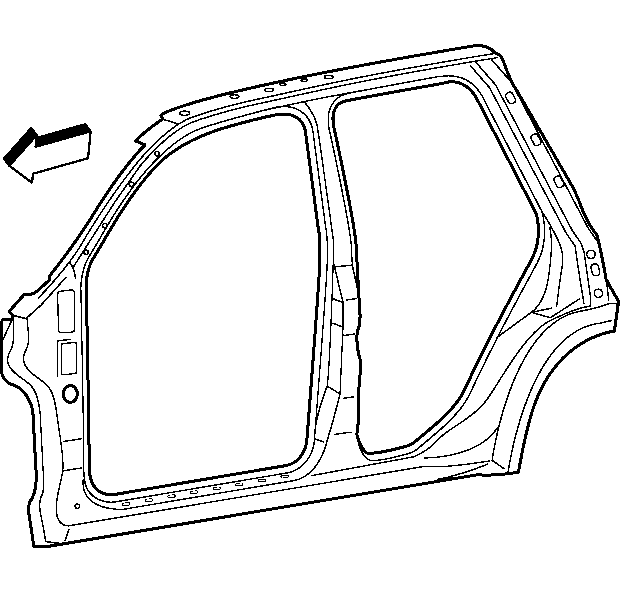
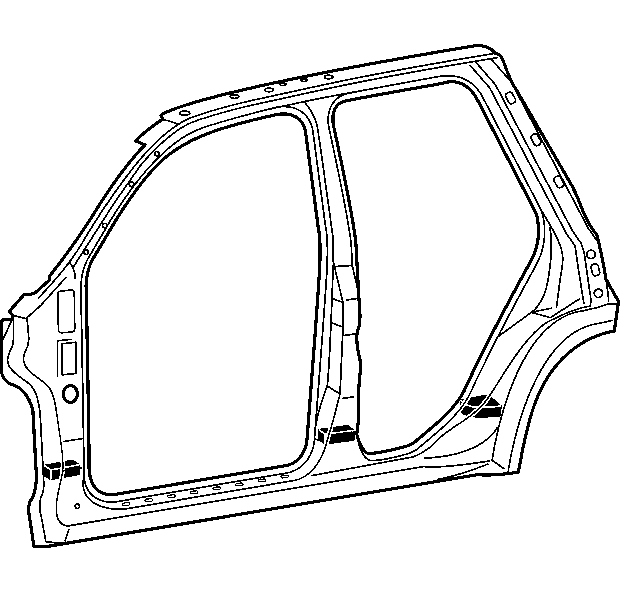
| • | The sealers |
| • | The sound deadeners |
| • | The anti-corrosion materials |
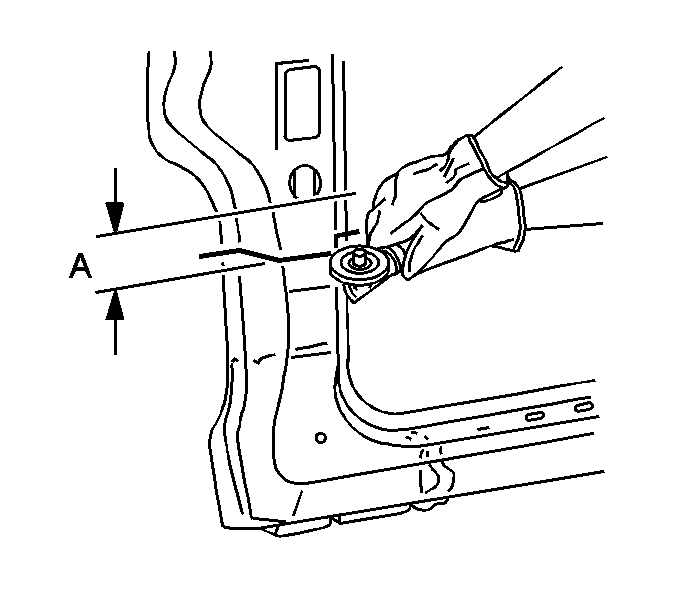
Important: Do not damage any inner panels or reinforcements.

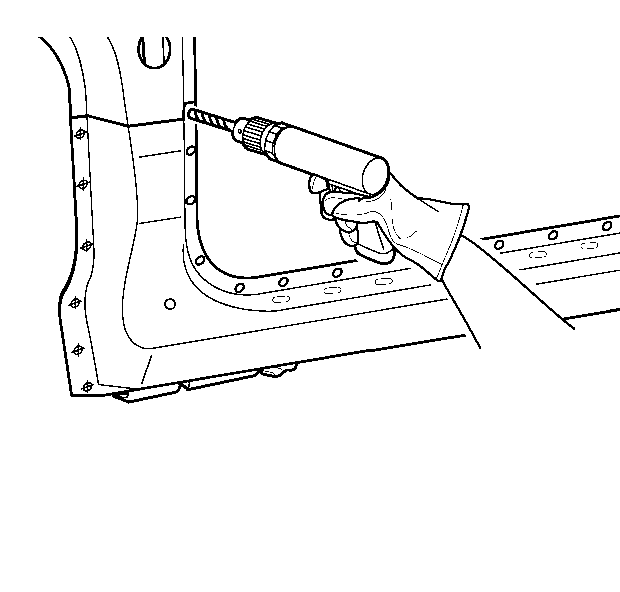
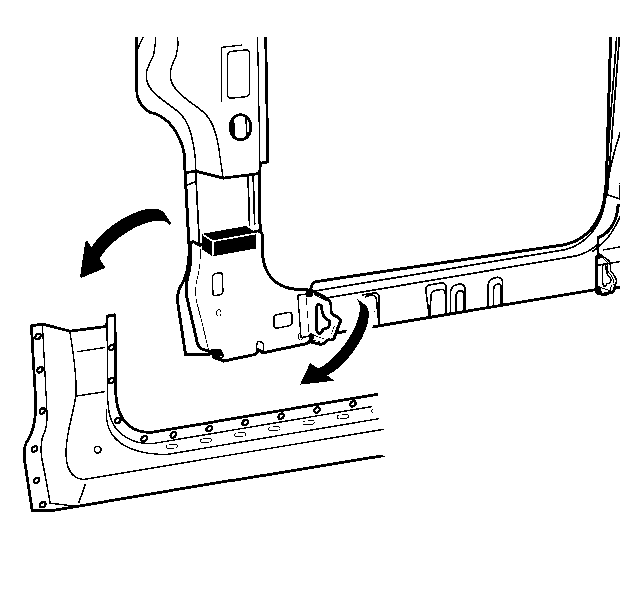
Installation Procedure
- Cut the replacement pillar section corresponding locations to fit the remaining original panel. The sectioning joint should be trimmed to allow 1.5 times the metal thickness at the sectioning joint.
- Create a 50 mm (2 in) (a) backing plate from the unused portion of the service part. Trim the backing plate as necessary to fit behind the sectioning joint.
- Perform additional sectioning procedures. Refer to the following procedures:
- Drill 8 mm (0.3 in) plug weld holes along the sectioning cut on the remaining original part. Locate these holes 13 mm (0.5 in) (a) from the edge and spaced 40 mm (1.6 in) apart.
- Drill 8 mm (0.3 in) plug weld holes in the service part as necessary in the locations noted from the original panel and along the sectioning cut.
- Prepare all of the attachment surfaces as necessary.
- Fit the backing plate halfway into the sectioning joint, clamp and plug weld to the vehicle.
- Position and align the lower pillar to the adjacent panels using the three-dimensional measuring equipment.
- Plug weld accordingly.
- To create a solid weld with minimum heat distortion, make 25 mm (1 in) stitch welds along the seam with 25 mm (1 in) gaps between them. Then go back and complete the stitch weld.
- Clean and prepare all of the welded surfaces.
- Apply the following products, as necessary:
- Install all of the related panels and components.
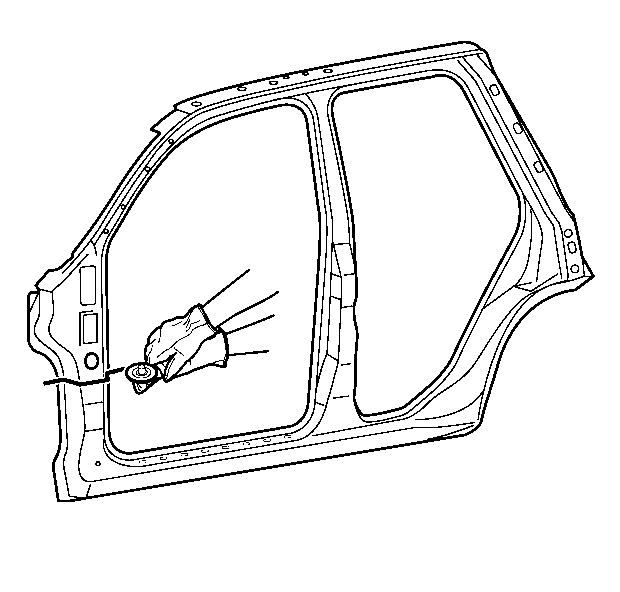
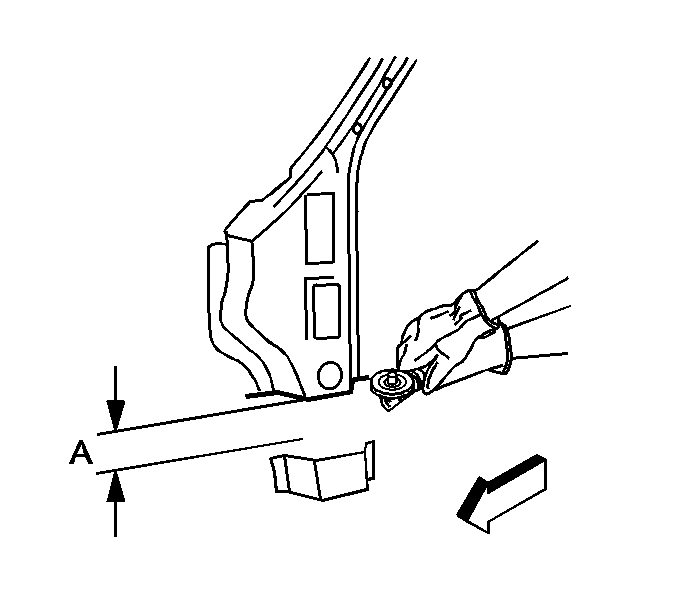
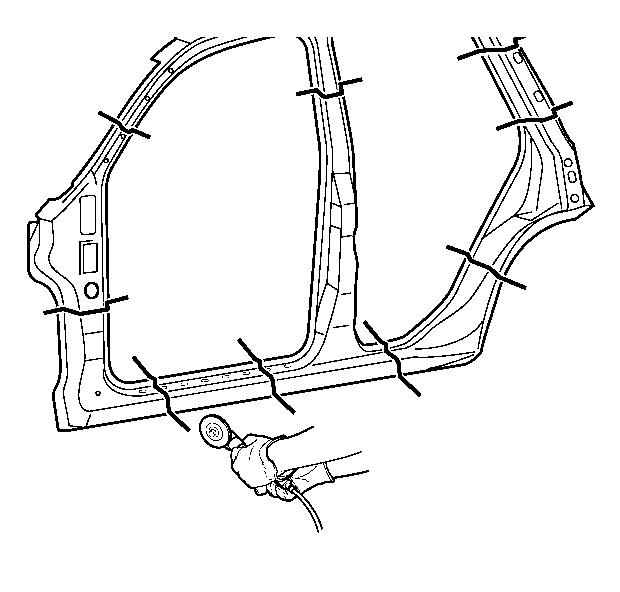
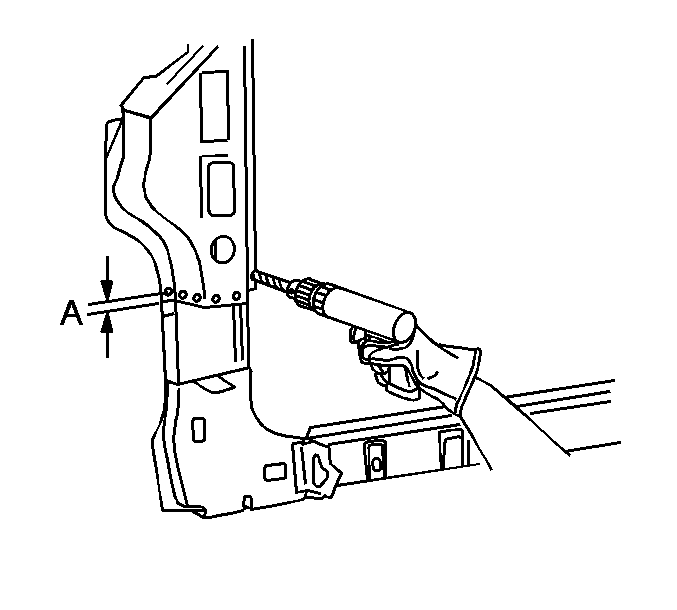
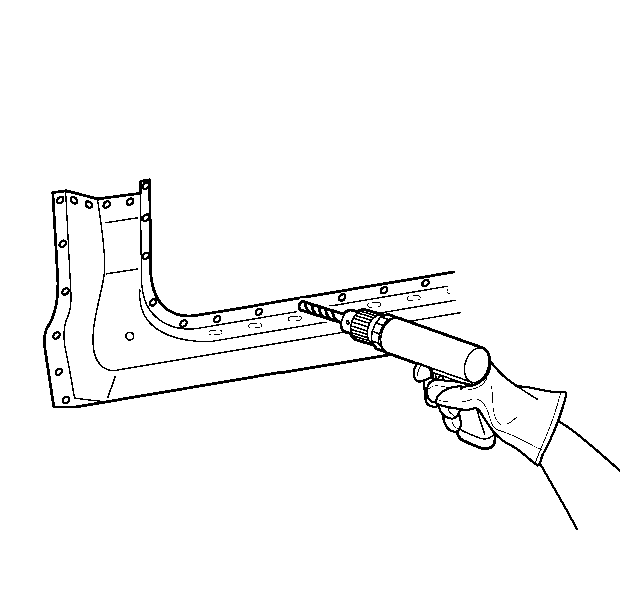
Important: In any area with excess damage, space the plug weld holes every 40 mm (1.6 in) apart.
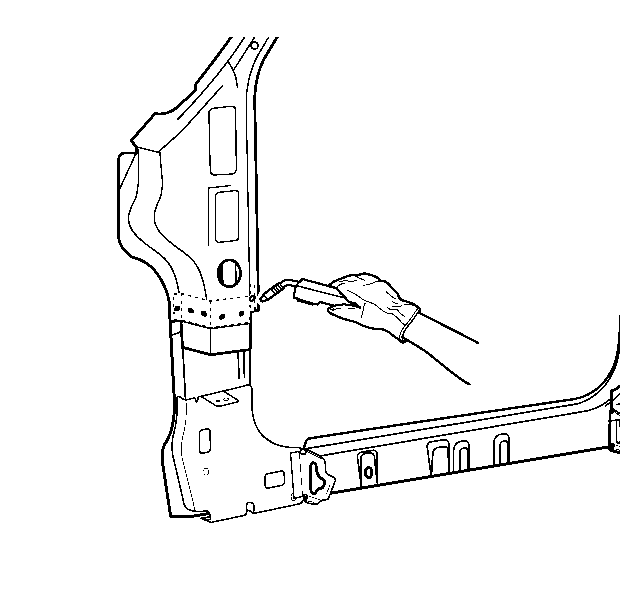
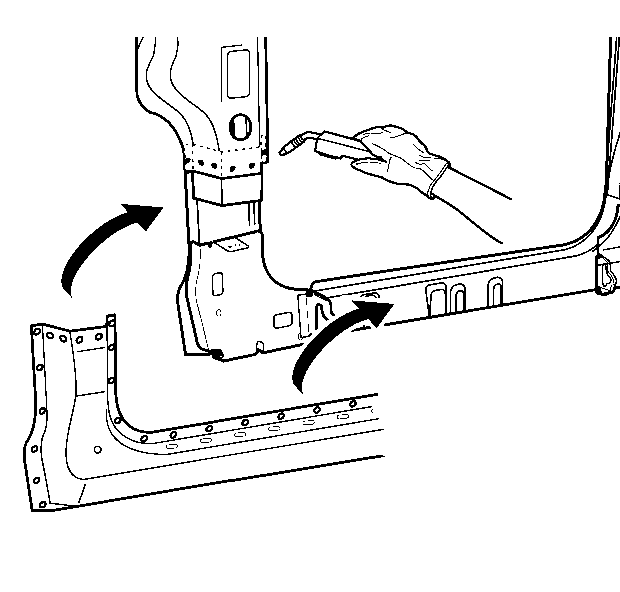
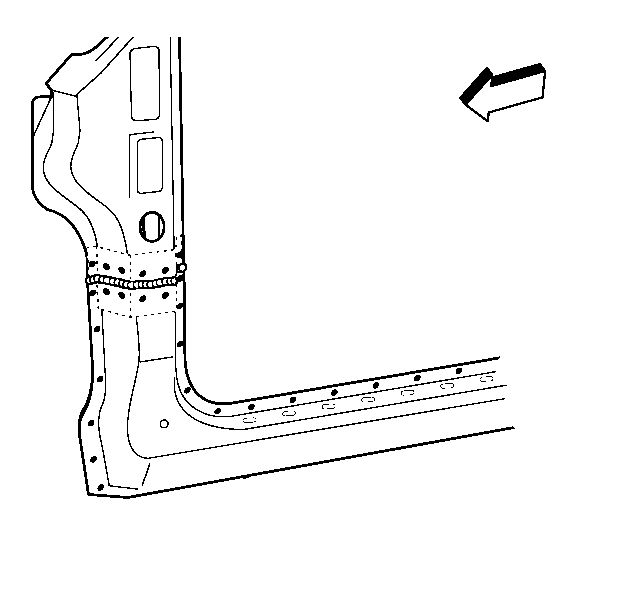
Important: Prior to refinishing, refer to publication GM 4901M-2001 GM Approved Refinish Materials for the recommended products. Do not combine the paint systems. Refer to the paint manufacturer's recommendations.
| • | The sound deadening materials |
| • | An approved anti-corrosion primer |
| • | The sealers and refinish as necessary |
